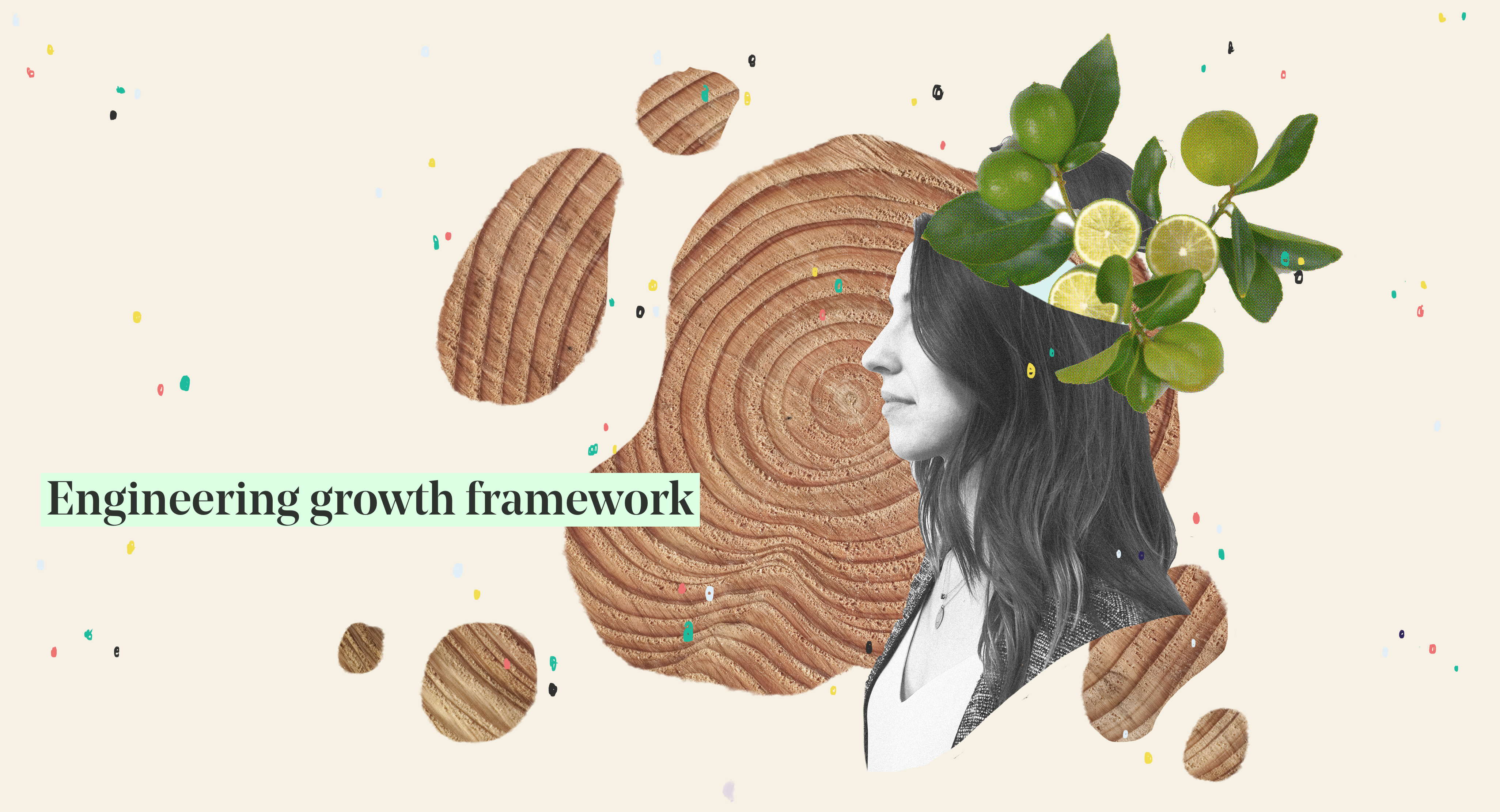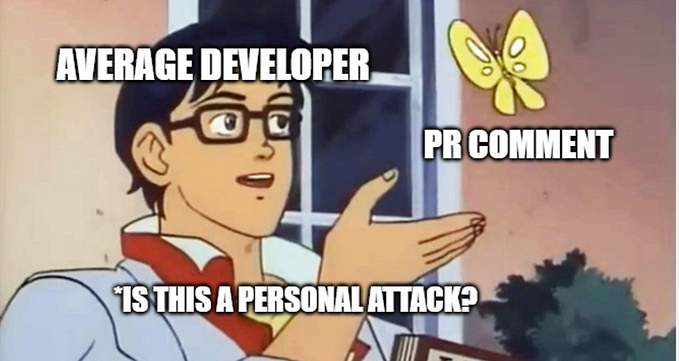Engineering growth at Medium

Over the years, Medium Engineering (in partnership with our People Operations team) worked to improve the process to evaluate our engineers growth and their impact on the organization. We’ve shared some of our thinking and approach to this process in the past, and are happy to hear that other companies are using their own adaptations of this model!
As we continue to learn, we are now on our third iteration of this process, and are excited to share with this community some key takeaways. At its core, our mission at Medium is to build the best possible product, so while we won’t be updating this post with each new iteration of our growth framework, we are still engaged in conversations about what it means to grow as an engineer, what increasing scope looks like for different kinds of leaders, and how we can be fair in our evaluation strategy.
The bullets below give an overview of how we are trying to continuously improve our process so that we can build a robust, flexible, and inclusive team:
- Focus on describing behaviors you can observe, teach, and evaluate in your rubric criteria.
- Conversations about growth and impact should be ongoing, and no one should be surprised by information communicated at the time of their assessment.
- Studies have shown that the positive feelings associated with getting a raise are only temporary, and that long term satisfaction is much more closely tied to personal development. This is another reason why we have chosen to frame our conversations around growth.
- We value a growth mindset, and are intentional about this being reflected in our rubric
- Traditional methods of assessing people, and often the language that is used to describe them — ladders, slots, boxes, etc. — are primarily concerned with giving someone a level or categorizing them in some way. We instead craft a framework that centers around the growth of an individual, and supports them in the kind of career that they both want to have and that also benefits the business. Therefore, we talk about what others may call a performance assessment in a way that anchors on growth and uses a tool (the rubric) to define how to progress, and how we measure and reward that progress.
- A key measure of success for any assessment system is whether it treats employees equitably, and rewards their work appropriately, regardless of race, gender, age, or any other personal identifiable indicator.
- A strong rubric will incentivize the kinds of behaviors that we want to see in the team, and recognize the different kinds of value that people add.
- It’s important to connect hiring and growth progression to our company values, so we hire, incentivize, and reward what we value throughout the employee lifecycle.
- There are many paths to a successful career, and diverse experiences and strengths together make for a robust and flexible team.
- Titles typically serve three purposes — helping people understand that they are progressing, vesting authority in those people who might not automatically receive it, and communicating an expected competency level to the outside world.
- Execution: The best idea in the world is worthless without great execution. Delivering great software products in teams requires rallying people behind an idea, strong technical leadership throughout the project, a focus on quality, and excellent communication to keep everyone aligned.
- Management: Effective, formal people management is crucial to getting the most out of a team, building for the future, and providing stability during organizational change.
- Ideally, we would have a completely objective rubric, with simple Yes/No decisions made about clear, concrete tasks. This isn’t really possible, but it’s important to get as close as possible. Of course, subjectivity invites the possibility, and likelihood, of bias so an effort needs to be made to ensure the rubric is applied as evenly and fairly as possible.
- How do you capture communication objectively? How do you capture selflessness?
- We base our criteria on scopes of influence, which help paint a picture of how a specific skill can grow over time to impact more people or more surfaces.
We have learned so much going through this process, and want to thank our community for their questions and conversation on this topic!









